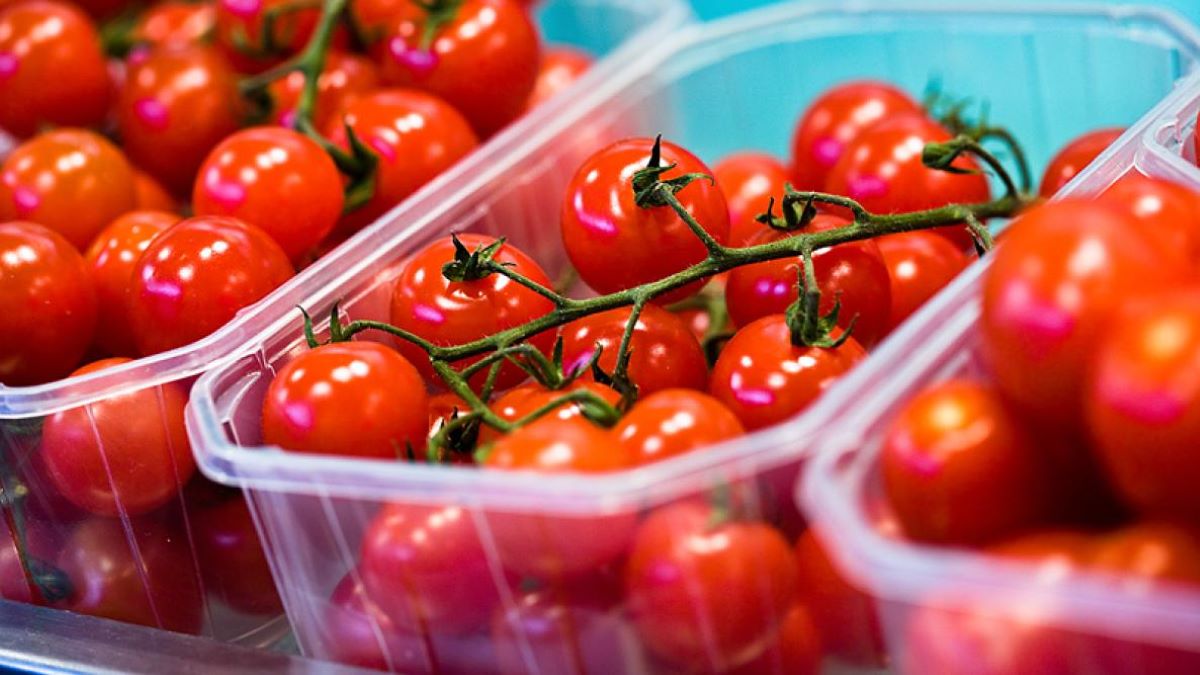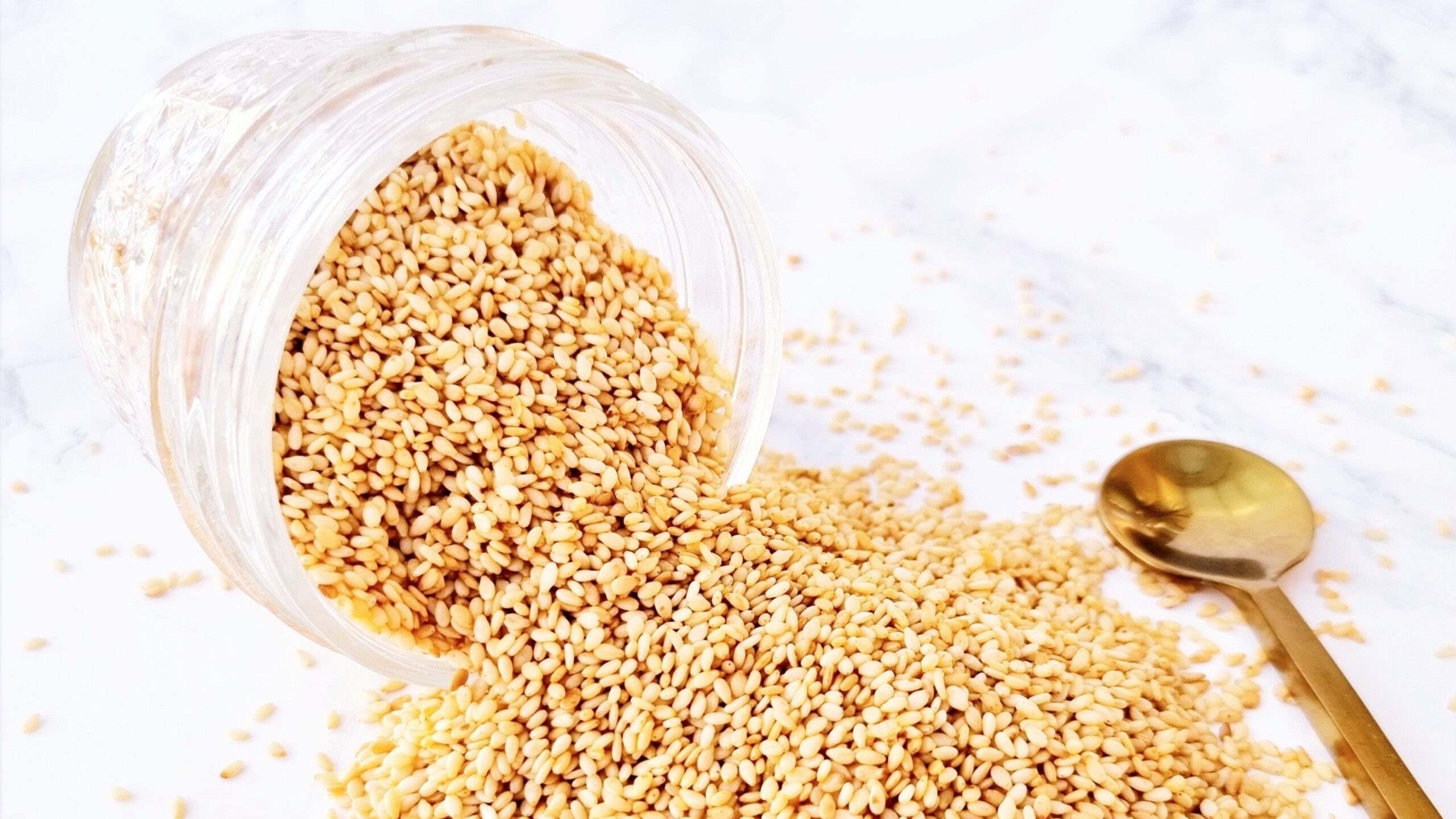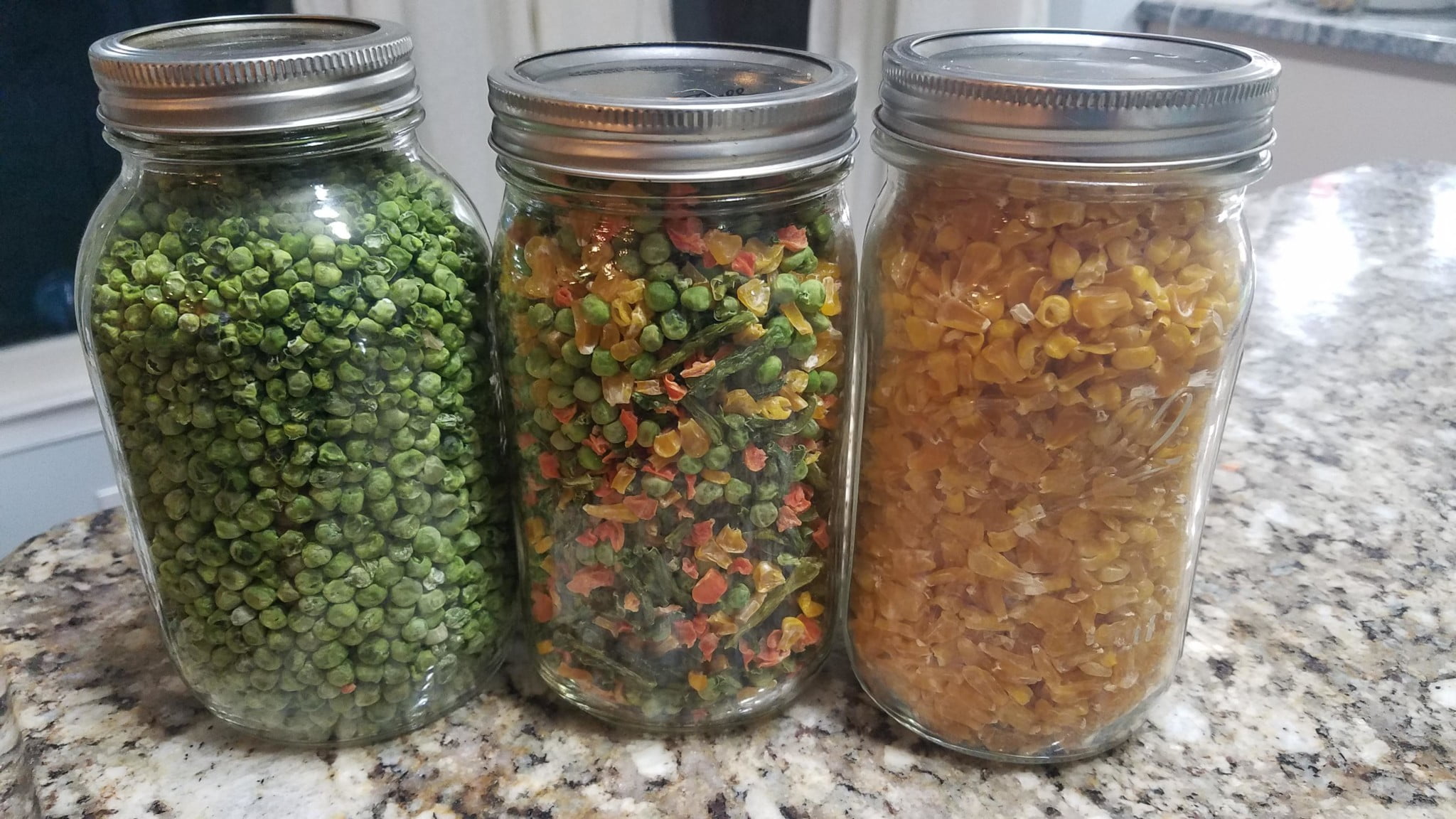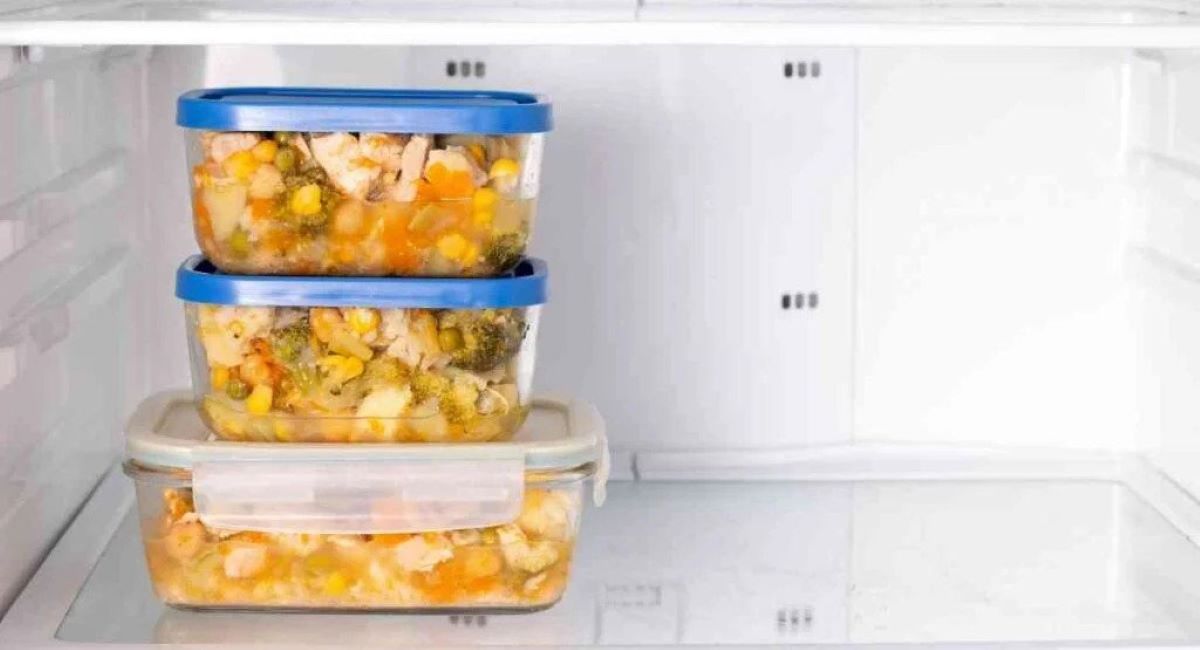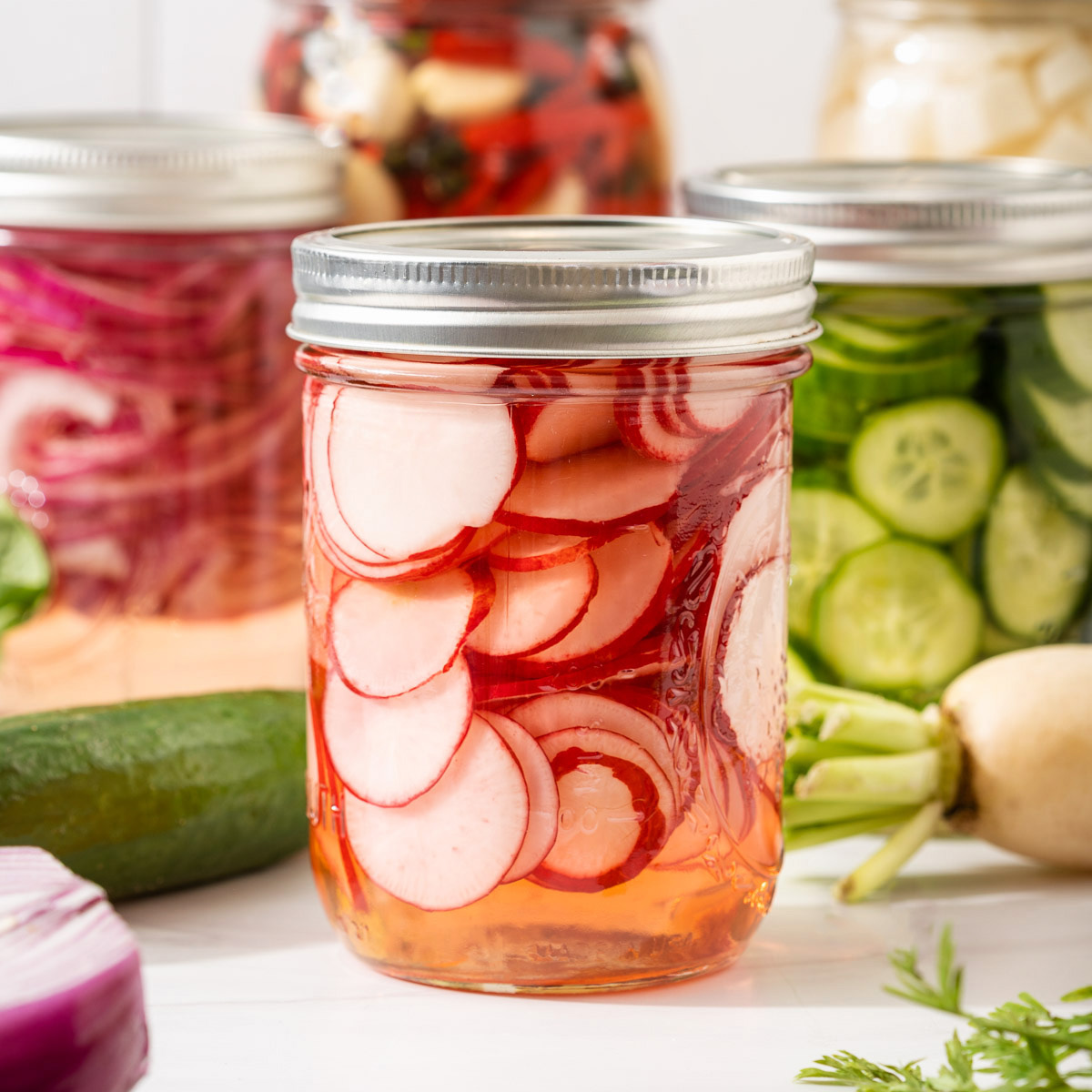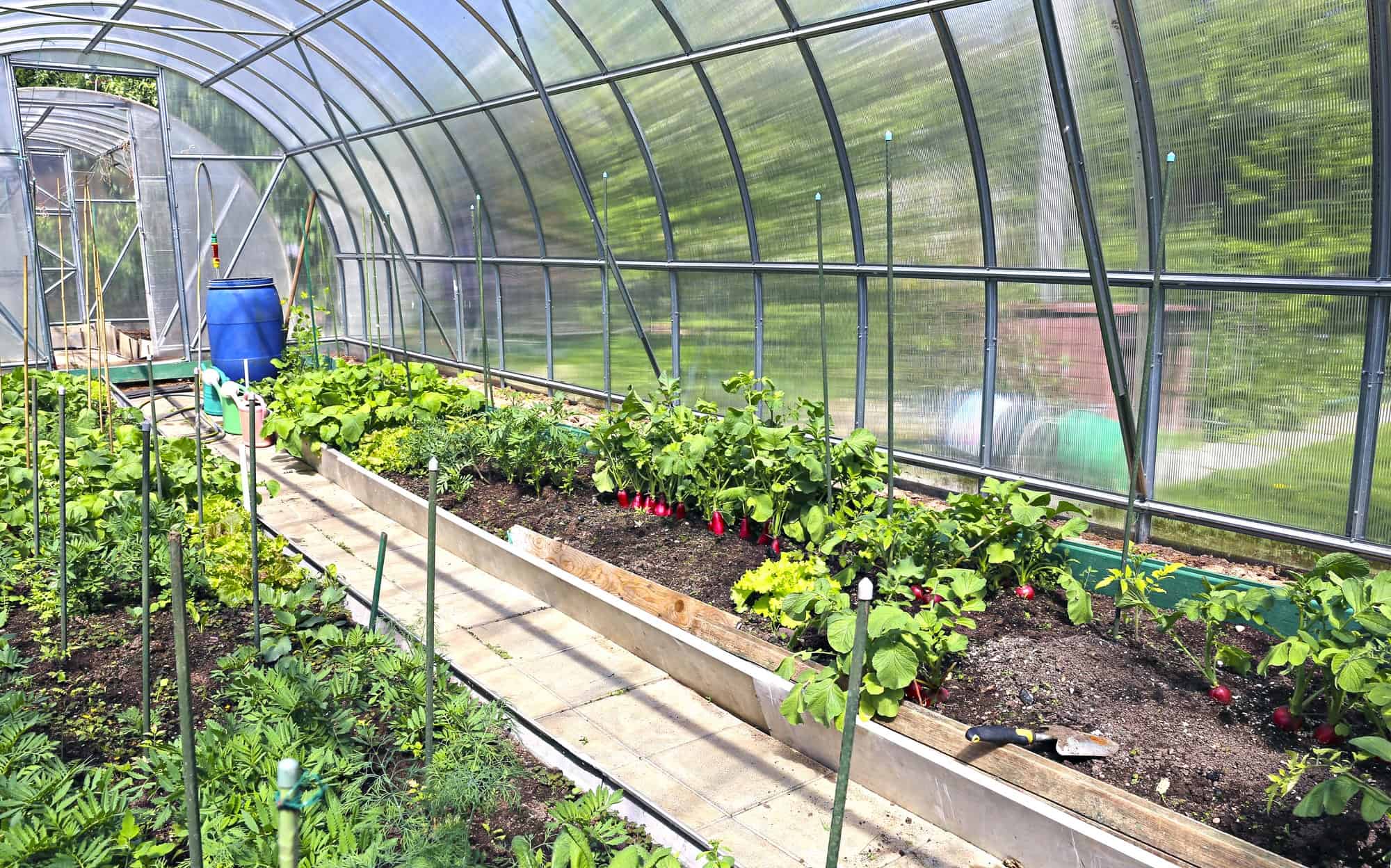Home>Gardening News and Trends>Latest News>How Long To Roast Vegetables In The Oven


Latest News
How Long To Roast Vegetables In The Oven
Modified: January 22, 2024
Discover the latest news on how long to roast vegetables in the oven. Get expert tips and tricks for perfectly roasted veggies every time.
(Many of the links in this article redirect to a specific reviewed product. Your purchase of these products through affiliate links helps to generate commission for Chicagolandgardening.com, at no extra cost. Learn more)
Table of Contents
Introduction
Welcome to the world of roasting vegetables! Roasting is a popular cooking method that brings out the natural flavors and textures of various vegetables. Whether you’re a seasoned chef or a cooking enthusiast, knowing how long to roast vegetables in the oven is essential to achieve that perfect balance between tenderness and caramelization.
Roasting vegetables in the oven is a straightforward and versatile technique that allows you to enjoy a wide variety of vegetables in a delicious and healthy way. By roasting, you can transform humble root vegetables into sweet and caramelized delights, and turn cruciferous vegetables into crispy and savory bites.
The roasting time for vegetables can vary depending on several factors, including the type of vegetable, size and thickness of the vegetable pieces, and the desired level of doneness. It’s important to understand these factors in order to achieve the optimal results when roasting your favorite vegetables.
In this article, we will explore the different factors that can affect the roasting time of vegetables. We will also provide a guide on the approximate roasting times for commonly roasted vegetables, along with some valuable tips to help you achieve delicious and perfectly roasted vegetables each time.
So, whether you’re looking to prepare a flavorful side dish, add roasted vegetables to your salads, or simply enjoy them as a standalone meal, let’s dive into the details of roasting vegetables to ensure culinary success in your kitchen!
Factors Affecting Roasting Time
Several key factors can influence the roasting time of vegetables. Understanding these factors will help you adjust the cooking time to achieve the desired level of doneness and caramelization. Here are the main factors that can affect the roasting time:
1. Type of Vegetable: Different vegetables have varying densities and moisture content, which can affect their roasting time. Dense vegetables like potatoes and carrots will take longer to roast, while tender vegetables like zucchini and asparagus will require less time.
2. Size and Thickness of Vegetable Pieces: The size and thickness of the vegetable pieces will also impact the roasting time. Smaller pieces will cook faster, while larger pieces will take longer. It’s important to cut the vegetables into uniform sizes to ensure even cooking.
3. Oven Temperature: The oven temperature plays a crucial role in roasting vegetables. Higher temperatures will result in faster cooking and more caramelization, while lower temperatures will lead to slower cooking and less browning. It’s advisable to follow the recipe instructions or adjust the cooking time based on the temperature used.
4. Roasting Pan and Placement: The type of roasting pan used can affect the heat distribution and cooking time. A dark-colored, non-stick pan will absorb more heat and result in faster cooking, while a light-colored or glass pan may require more time. The placement of the vegetables in the pan can also influence the cooking time, with vegetables placed closer to the edges or bottom of the pan cooking faster.
5. Preparation Methods: Some preparation methods, such as blanching or parboiling, can reduce the roasting time by partially cooking the vegetables beforehand. However, certain vegetables may not require pre-cooking, so it’s important to consider the specific vegetable being roasted.
By understanding and considering these factors, you can make necessary adjustments to the roasting time and temperature to achieve the desired results. Now that we’ve covered the factors affecting roasting time, let’s move on to explore the specific roasting times for common vegetables in the next section.
Common Vegetables and Their Roasting Times
While the roasting time for vegetables may vary based on the factors mentioned earlier, here is a general guide to help you estimate the approximate roasting times for some commonly roasted vegetables:
1. Potatoes: Cubed or wedged potatoes typically take around 30-40 minutes to roast at 400°F (200°C). Thinner potato slices may cook faster, while larger chunks may require more time.
2. Carrots: Whole or halved carrots usually roast in about 20-30 minutes at 400°F (200°C). Thicker or larger carrot pieces may need additional time.
3. Broccoli: Florets of broccoli generally take around 15-20 minutes to roast at 425°F (220°C). Keep an eye on them to avoid overcooking and maintain their vibrant green color.
4. Cauliflower: Similar to broccoli, cauliflower florets roast in approximately 15-20 minutes at 425°F (220°C). Adjust the time based on the desired level of tenderness and browning.
5. Brussels Sprouts: Trimmed Brussels sprouts typically take around 20-25 minutes to roast at 400°F (200°C). Toss them occasionally to ensure even cooking and browning.
6. Zucchini: Sliced zucchini usually roasts in approximately 12-15 minutes at 425°F (220°C). Thinner slices will cook faster, so adjust the time accordingly.
7. Asparagus: Tender asparagus spears generally roast in 10-12 minutes at 425°F (220°C). Make sure to trim the tough ends before roasting.
8. Bell Peppers: Strips or slices of bell peppers usually roast in about 15-20 minutes at 425°F (220°C). Keep an eye on them as they can soften quickly.
Remember, these are just general guidelines, and the actual roasting time may vary based on the specific factors mentioned earlier. It’s always a good idea to keep an eye on your vegetables as they cook and adjust the time as needed for your desired level of doneness and caramelization.
Now that you have an idea of the roasting times for common vegetables, let’s move on to some helpful tips to ensure your roasted vegetables turn out perfectly every time.
Tips for Roasting Vegetables
Roasting vegetables can be a simple and rewarding cooking method when done right. Here are some valuable tips to ensure your roasted vegetables turn out delicious and perfectly cooked:
1. Preheat your oven: It’s crucial to preheat your oven before roasting vegetables. This ensures even cooking and proper caramelization.
2. Cut vegetables into uniform pieces: To ensure even cooking, try to cut your vegetables into uniform sizes. This helps to ensure that all the pieces cook at the same rate.
3. Season generously: Don’t be shy with your seasoning! Toss your vegetables in olive oil, salt, pepper, and your choice of herbs or spices. The seasoning adds flavor and enhances the overall taste of the roasted vegetables.
4. Arrange vegetables in a single layer: To promote even cooking and browning, arrange your vegetables in a single layer on the roasting pan. Overcrowding the pan can lead to steaming instead of roasting.
5. Flip or toss halfway through cooking: To ensure even cooking and browning, flip or toss your vegetables halfway through the roasting process. This helps to achieve a uniform result.
6. Monitor cooking time: Keep an eye on your vegetables as they roast. Cooking times can vary based on factors such as oven temperature and vegetable thickness. Adjust the cooking time accordingly to achieve your desired level of doneness.
7. Experiment with different seasonings: Don’t be afraid to get creative with your seasonings. Try adding spices like paprika, cumin, or garlic powder for an extra kick of flavor.
8. Try different vegetable combinations: Roasting vegetables in combination can create an explosion of flavors. Experiment with combinations like carrots and parsnips or broccoli and cauliflower to create tasty and visually appealing dishes.
9. Finish with a squeeze of citrus: Elevate the flavors of your roasted vegetables by finishing them with a squeeze of lemon, lime, or orange juice. The acidity adds a refreshing and bright touch.
10. Serve hot and enjoy: Roasted vegetables are best enjoyed when served hot. Serve them as a side dish, toss them in salads, or use them as a filling for sandwiches or wraps.
With these tips in mind, you’re well-equipped to create delicious and perfectly roasted vegetables every time. Now, it’s time to get in the kitchen and let your creativity soar!
Conclusion
Roasting vegetables is a delightful way to bring out their natural flavors and textures. By understanding the factors that affect roasting time and following the recommended cooking times for different vegetables, you can achieve delicious and perfectly cooked results.
Remember to consider the type of vegetable, size and thickness of the pieces, oven temperature, roasting pan, and preparation methods when determining the roasting time. These factors play a vital role in achieving the desired level of doneness and caramelization.
Furthermore, by practicing the tips for roasting vegetables, such as preheating the oven, cutting vegetables into uniform sizes, seasoning generously, and properly arranging them on the pan, you can enhance the flavors and ensure even cooking.
Don’t be afraid to experiment with different seasonings and vegetable combinations to create unique and delicious roasted vegetable dishes. The possibilities are endless, allowing you to enjoy a variety of flavorful and nutritious meals.
So, next time you’re craving some delectable roasted vegetables, armed with your knowledge of roasting times and the tips mentioned in this article, go ahead and create a memorable culinary experience in your kitchen!


